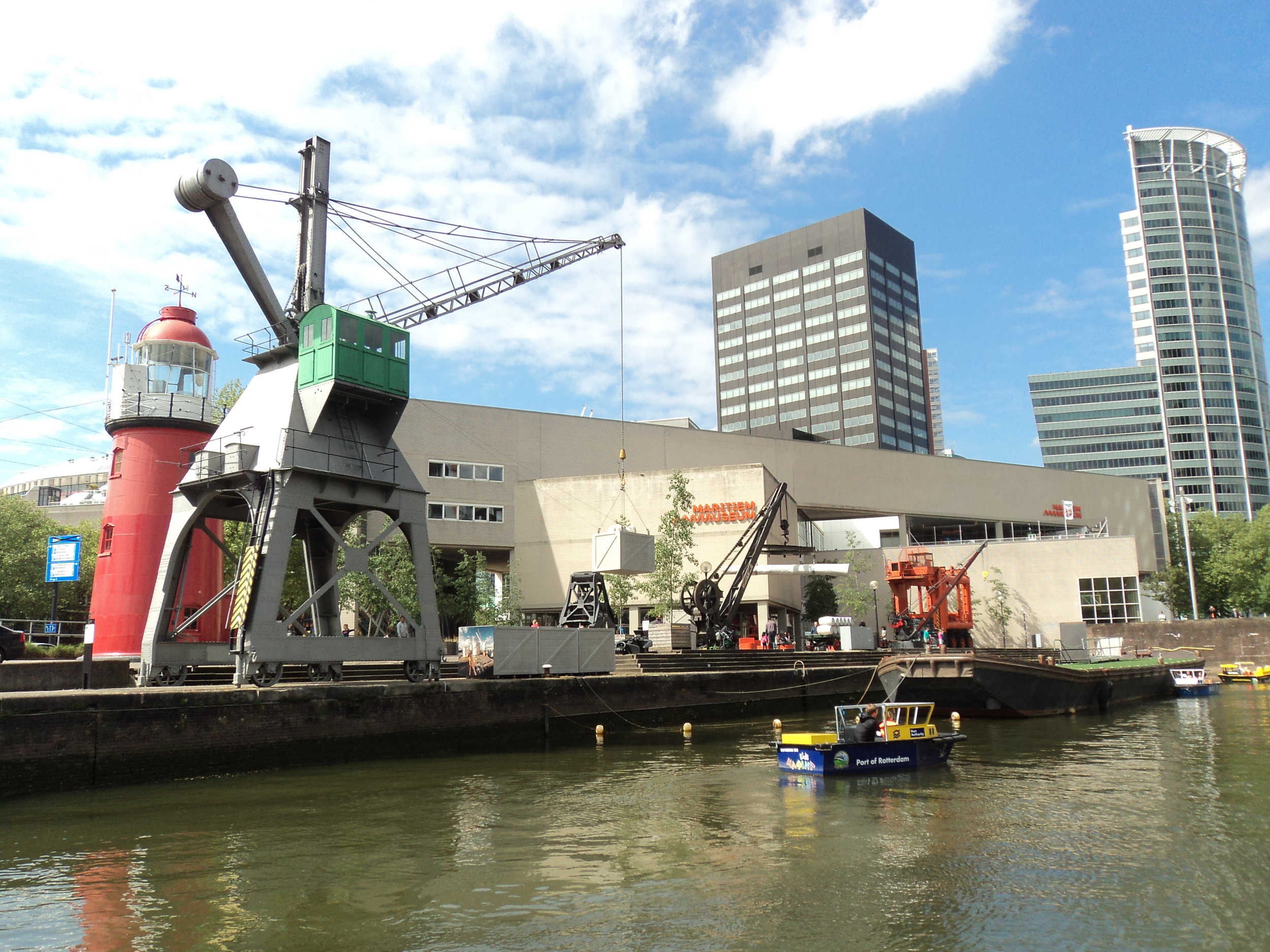For the last two months, I’ve been working, working, working, and so that’s why I haven’t been writing here. I’ve been working on contract projects, in both of my regular jobs, and in trying to figure out how to move forward with a research project I’ve been itching to launch. What is most important though is that, in the work I’ve been doing for the last few months, I’ve had a chance to interact with a number of members of the public in Ohio who are not art historians and not museum workers, but who are incredibly interested in supporting culture and maybe in making art or writing stories. These are the people I left academia for.
The sky above Sts. Cyril and Methodius Catholic Church in Youngstown.
One project found me in Youngstown, Ohio, leading an art and architecture tour of the city’s historic churches—many of which are stellar examples of their architectural styles and of what a city at the peak of its wealth and power can accomplish. Now, many of these churches rest potentially on their last legs as their congregations age and populations shift. Even though Youngstown is experiencing a cultural renaissance of sorts and encouraging businesses and people to move back into the city, the churches are unlikely to be benefactors of that. They were constructed along the old ethnic lines of the city, and the groups that once patronized them have long been gone, at least to the suburbs if not further away. The tour was incredibly moving because the people who participated seemed genuinely engaged by the treasures their city revealed. I believe that when they left they understood the consequences of losing such historical structures, once pillars of the community.
Another project that I worked on in the last month, one that I’ve been involved in for awhile now, asks people to respond to texts from the humanities as a means of reflecting on their own experience. Most of these texts are chosen because they have inherent value—value that is not predicated on, for example, knowing that Charles Baudelaire was a poet and critic who produced most of his best stuff in mid-nineteenth century France. The beautiful thing about this program is these texts do have value that is inherent; their words are words from which anyone can find strength or solace and through which anyone can grow as a person. Helping people have intelligent conversations about what they’re reading helps to increase the ability of those people to engage beyond a controlled discussion setting.
At my day job, I’ve been teaching more and taking more time to drill down on what it means when we teach students about primary vs. secondary sources, how bias and perspective function in historical documents and literary texts, and how to evaluate information they encounter. All of these skills figure prominently in the state standards for education, but it’s important to show how they can be applied outside the classroom. After all, the goal is for students to carry these skills beyond school, into their college years or their career, and through their adult lives. Not everyone will go to college, but everyone will need to understand how to decide whether or not the information before them is true.
These projects and programs all, in one way or another, embrace and promote ideas and values that are important to me. They all suggest ways of moving forward in my career and types of projects to continue to seek out to promote my interests. In each case, the project is, at its core, about civic engagement—about gaining the tools to look around you and read the world for what it is.





